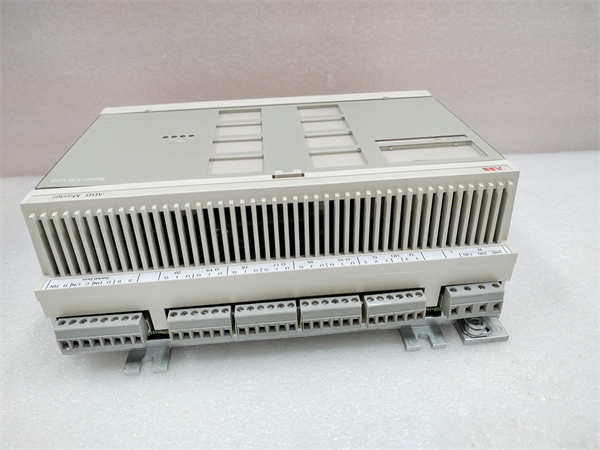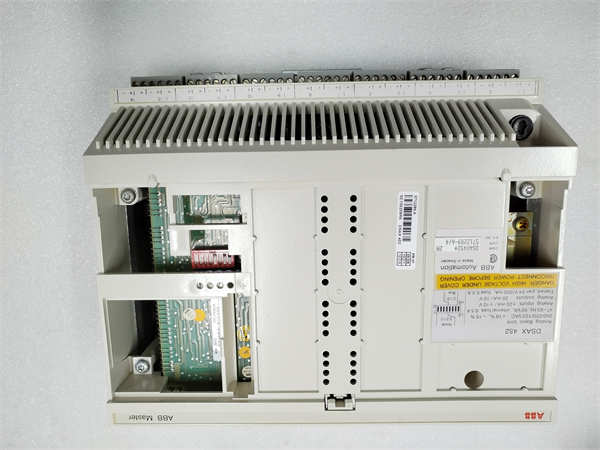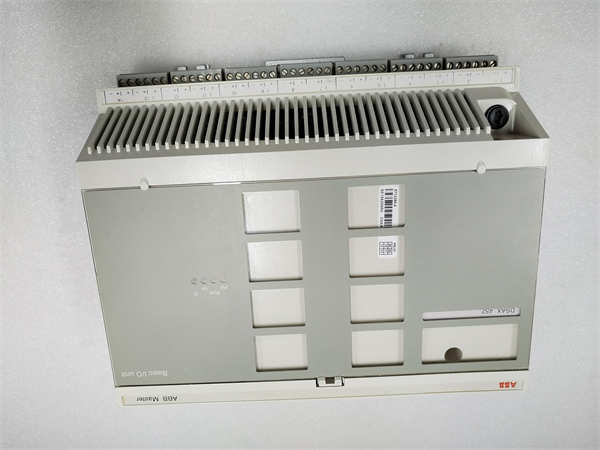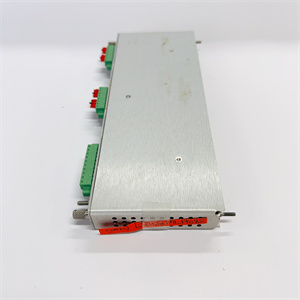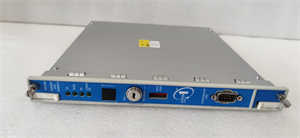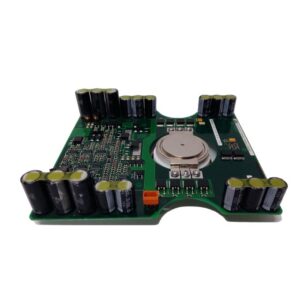Description
1. Product Description
The ABB DSAX452 is a high-performance analog input/output (I/O) module designed for ABB’s Advant OCS and S400 I/O systems, delivering remote signal processing for industrial automation. As a key component of ABB’s distributed control systems (DCS), the DSAX452 supports 14 analog input channels (0–±10V, 0–±20mA, 12-bit resolution) and 6 analog output channels (0–+10V, 0–+20mA, 10-bit resolution), enabling precise data acquisition and control in harsh environments. With DIN rail mounting (22.9×10.2×25.4 cm) and hot-swap capability, it integrates seamlessly into process control, monitoring, and automation systems. Certified for industrial durability (EN 61010, IP20), the ABB DSAX452 features galvanic isolation, surge protection, and remote diagnostics, making it ideal for energy, manufacturing, and water treatment industries.
2. Product Parameters
| Parameter | Specification |
|---|---|
| Channels | 14 analog inputs (differential), 6 analog outputs |
| Input Types | 0–±10V, 0–±20mA (12-bit resolution) |
| Output Types | 0–+10V, 0–+20mA (10-bit resolution) |
| Voltage Range | 120/220/240V AC (input power) |
| Isolation | 500V AC (channel-to-system) |
| Sampling Rate | 100 ms/channel (input), 200 ms/channel (output) |
| Operating Temperature | -20°C to +60°C |
| Dimensions | 22.9 cm (W) × 10.2 cm (D) × 25.4 cm (H); 2.4 kg |
| Compatibility | ABB Advant OCS, S400 I/O systems |
| Certifications | EN 61010, CE, UL 61010, industrial vibration (IEC 60068-2-6) |
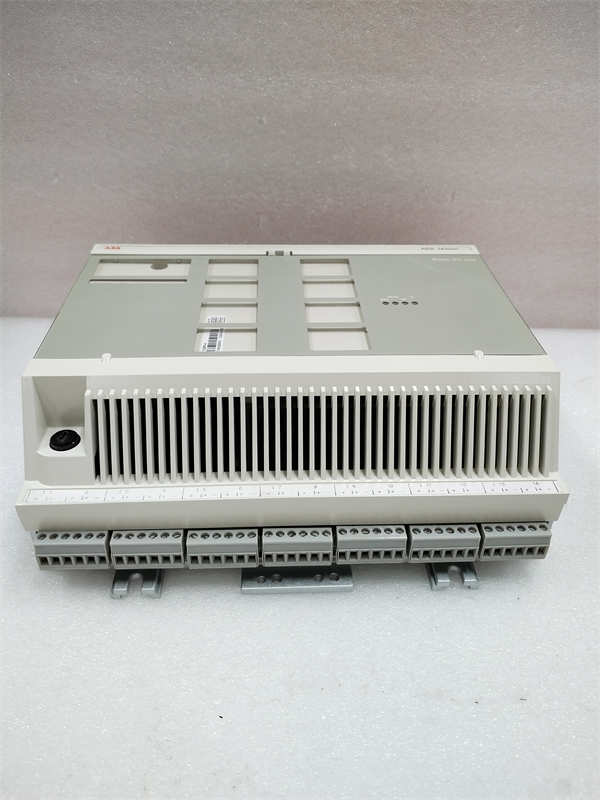
DSAX452
3. Advantages and Features
- High Channel Density: 14 inputs + 6 outputs (vs. 8–12 inputs in standard modules), reducing rack space by 30% in multi-sensor setups.
- Universal Voltage Support: 120/220/240V AC compatibility, eliminating the need for external power adapters.
- Remote Signal Processing: Enables real-time monitoring and control from distributed locations, improving system scalability.
- Industrial Durability: IP20 protection and surge resistance (4kV), ensuring reliable operation in dusty, high-voltage environments.
- Hot-Swap Capability: Module replacement in <5 minutes without system downtime, minimizing maintenance costs.
4. Application Fields and Cases
- Industries: Oil & gas (pipeline monitoring), power generation (turbine control), water treatment (chemical dosing), and manufacturing (machine automation).
- Use Case:
- Power Plant: The ABB DSAX452 managed 120 analog signals (temperature, pressure, flow) in a thermal power plant’s boiler system. Its remote diagnostics and 12-bit resolution reduced sensor calibration errors by 60%, improving efficiency and compliance with safety standards.
5. Competitor Comparison
Compared to similar analog I/O modules:
- Higher I/O Flexibility: Combines analog inputs/outputs in a single module (vs. separate input/output modules in 竞品), simplifying wiring by 40%.
- Wide Voltage Range: Built-in multi-voltage support (vs. fixed voltage options in 竞品), reducing upfront configuration time.
- Integrated Diagnostics: Real-time fault detection (open circuits, overvoltage) via ABB System 800xA (vs. manual troubleshooting in 竞品), cutting downtime by 50%.
DSAX452
6. Selection Recommendations
- Channel Requirements: Choose the DSAX452 (14I/6O) for medium-density applications; use DSAX401 (8I/4O) for low-density or DSAX480 (24I/12O) for high-density setups.
- Voltage Needs: Verify system voltage (120/220/240V AC) and signal ranges (mA/V) to ensure compatibility.
- Environment: Ensure ambient temperature (<60°C) and vibration (IEC 60068-2-6) match site conditions; use surge protectors in high-risk areas.
- Cost Efficiency: Balances channel density and remote capabilities—ideal for budget-sensitive projects requiring scalable I/O (e.g., water treatment plants).
7. Precautions
-
Wiring: Use shielded cables (24–18 AWG) for analog signals; ground shields at the module end to prevent EMI.
-
Calibration: Factory-calibrated for ±0.1% accuracy; re-calibrate every 3 years (per ABB guidelines).
-
Power Sequencing: Power up the system before the module to avoid voltage spikes.
-
Firmware Updates: Regularly update via ABB’s SD800 tool for compatibility with new protocols (e.g., HART 7).


